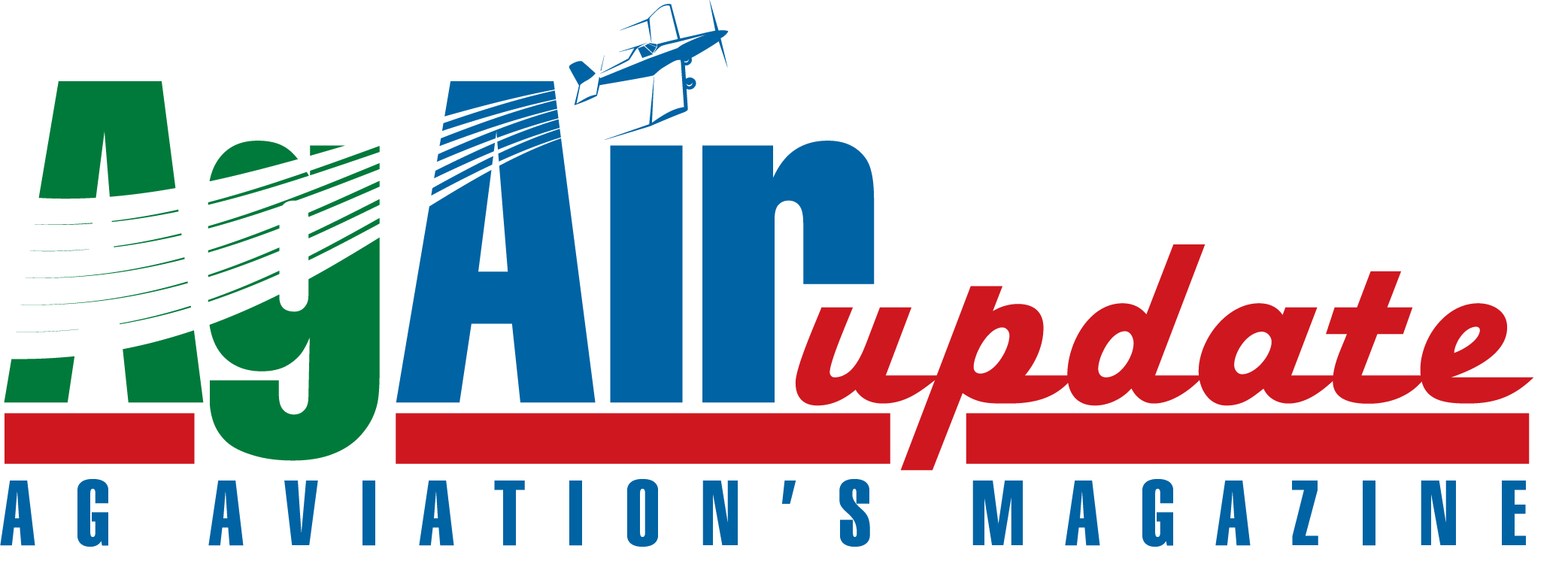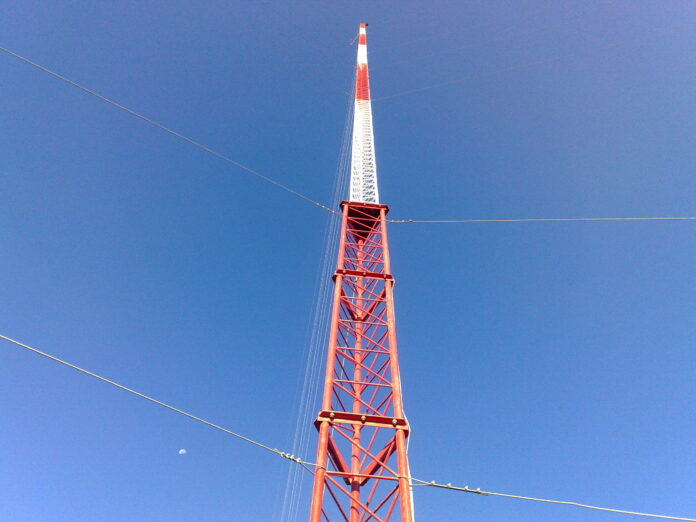After two decades of NAAA advocacy, FAA proposes requirements for marking and logging locations of meteorological towers (METs). Specifically, this proposal applies to all existing, altered and new METs, with heights from 50 feet to 200 feet. The proposal is presently available for public comment in support of or in opposition of the proposed rule until January 17, 2025.
NAAA is urging aerial applicators and state and regional ag aviation associations nationwide to comment in favor of this proposed rule. Additionally, comments should direct the FAA to broaden the requirements to include both METs and other towers that fit the same height measurement; all should either be marked and or logged into an FAA database where their geospatial locations may be identified to enhance the safety of low-altitude pilots.
To review the proposed rule and submit comments, click here. To comment, click the “Comment” button and follow the prompts to either directly write comments or upload them. Please reference: Docket Number FAA-2024-2574 in your comments. A draft of NAAA’s comments may be found here. Follow the NAAA format in drafting your own comments, such as using your own personal or company letterhead.
Emphasize the following points:
- Personalize your comments and elaborate on the area in which you treat crops aerially in your location, including acres treated, crops treated, number of farmer customers, etc. (see pgs. 1 and 2 of NAAA’s comments titled “U.S. Aerial Application Industry Background” for examples).
- Emphasize difficulty in observing unmarked towers and mention how often you come across unmarked towers, whether they be communication, meteorological or other such towers in your local area. Also, mention the potential growth of such towers in your area (see pages 3 and 4 of NAAA’s comments under title “History, Importance and Justification of Tower Marking and Database Logging Policy” for examples).
- Emphasize that the FAA:
- Abide by the NTSB’s recommendations and the statute giving it this marking and database logging authority and ensure that not only new and altered meteorological towers are required to be marked and have their geospatial coordinates logged into a database, but that existing meteorological towers are required to do the same; and
- Urge the agency to abide by the statute and NTSB recommendations and ensure that other unmarked towers that pose an equal safety risk to low altitude ag pilots and that fit the statute’s definition of covered towers, such as communication towers, are required to either be marked or logged into a database (see pages 6-8 “NAAA’s Comments on FAA-2024-2574 Rules to File Notice for Meteorological Towers and Other Wind Energy Systems” for examples).





